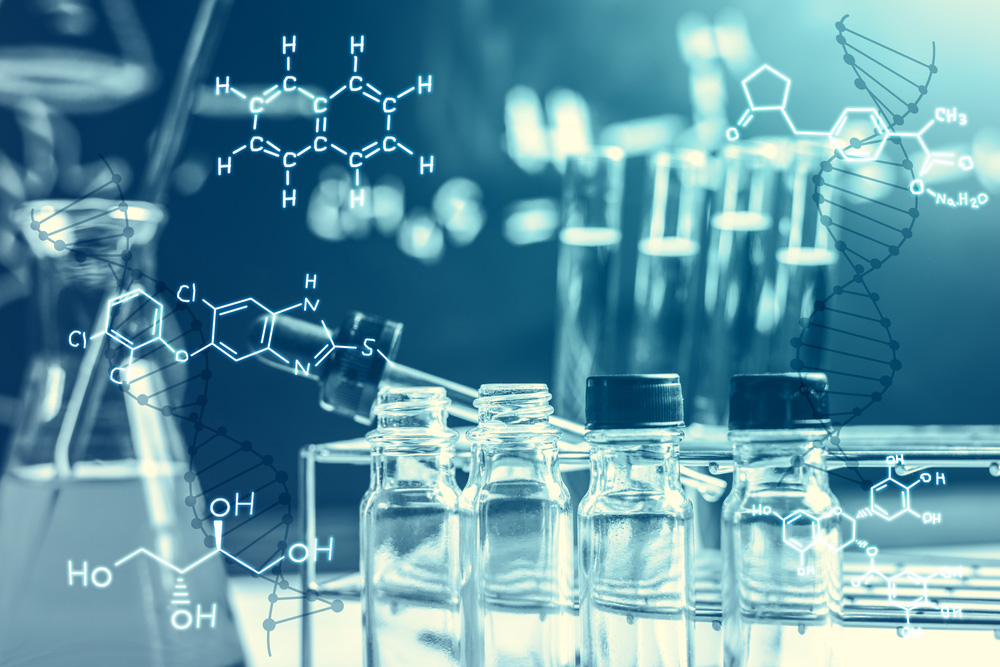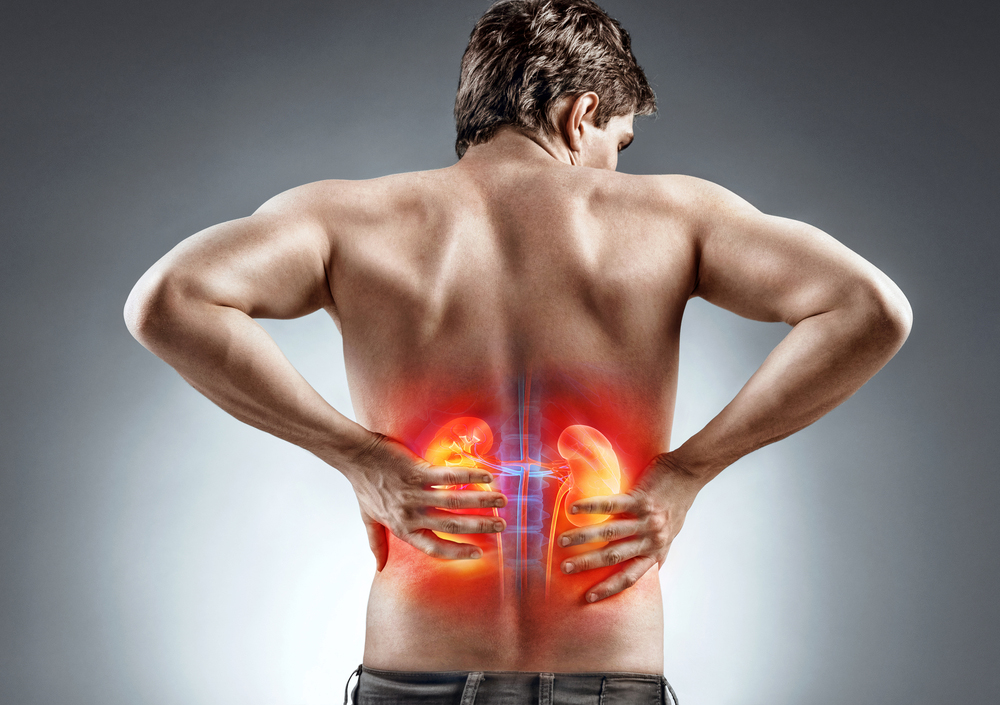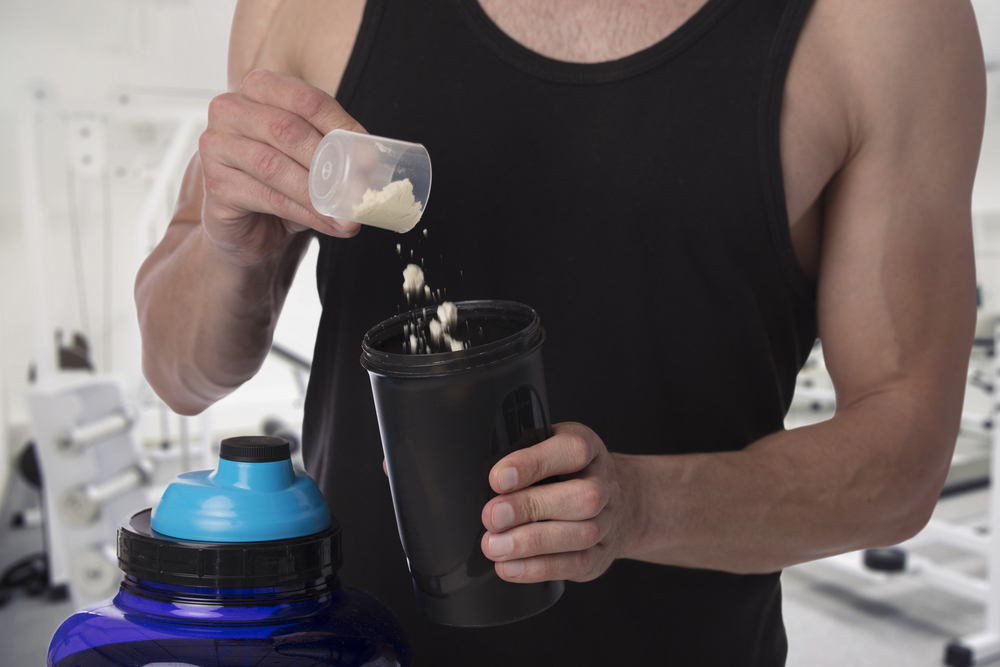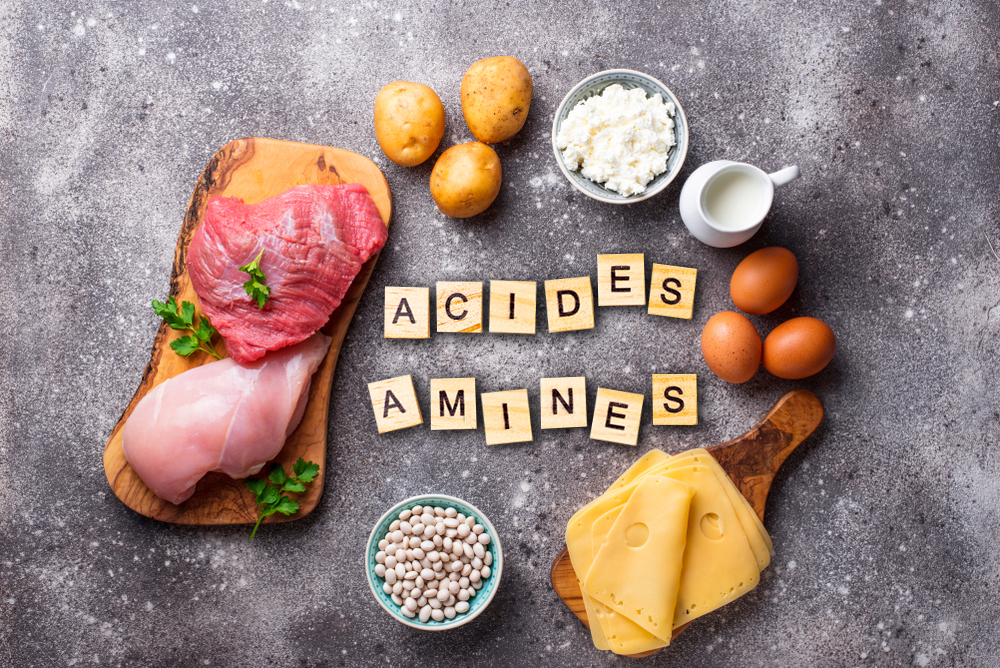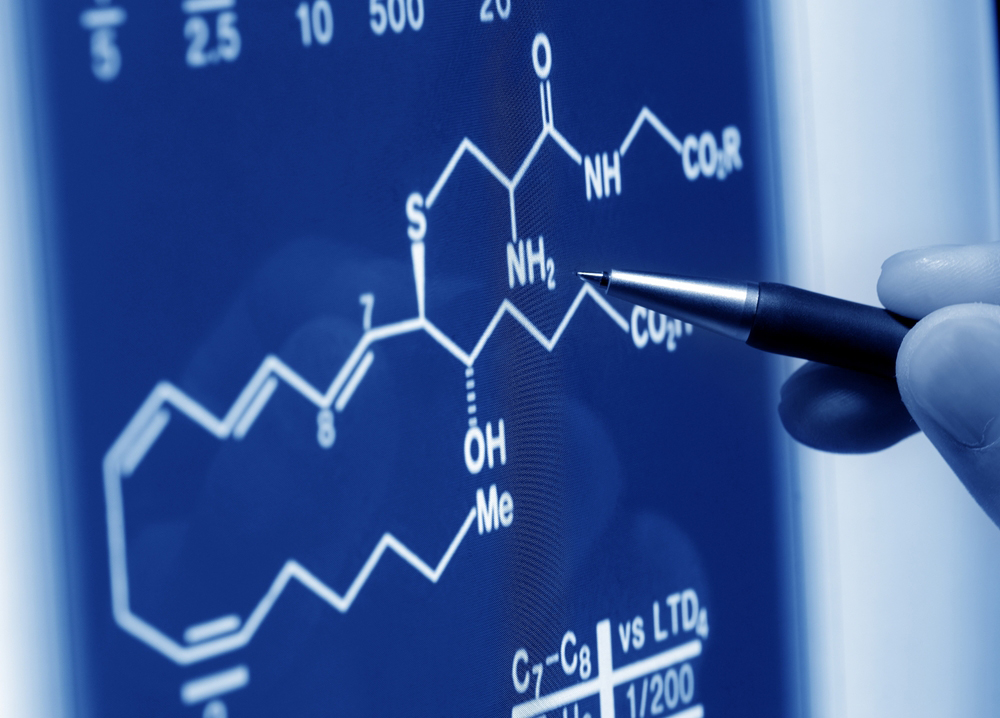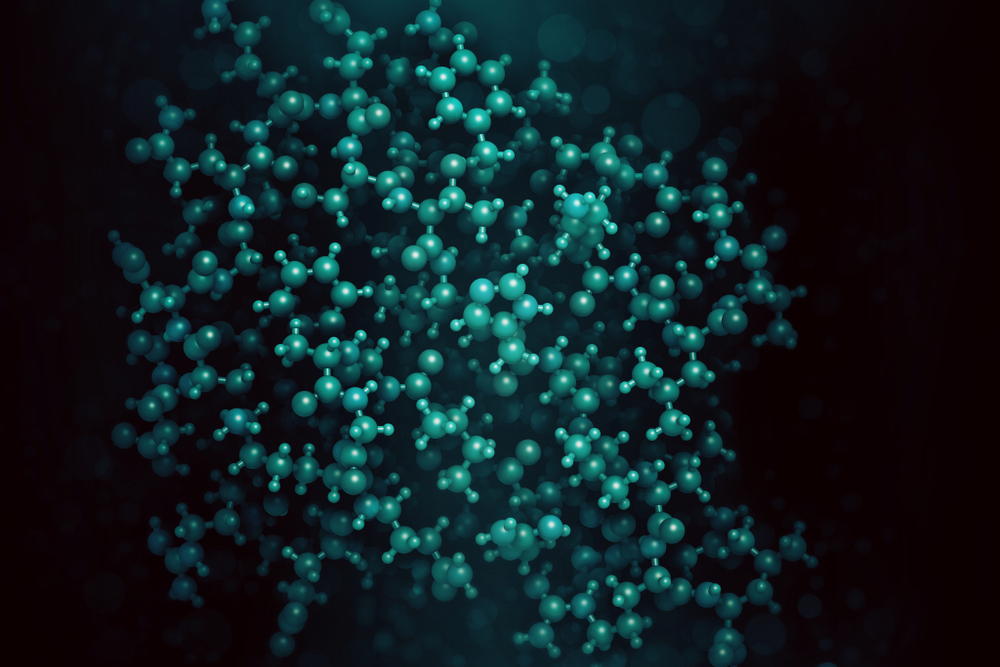Man needs proteins to ensure his growth and the maintenance of his cells. As he has no protein reserves other than his muscles, he must eat protein regularly.
Amino acids, Peptides and Proteins
Amino acids are the building blocks of proteins. A protein is a long chain of amino acids. Peptides, on the other hand, are an assembly of short chains of amino acids.
After being consumed, proteins are broken down by our enzymes in the gut into polypeptides and peptides that are then absorbed. Peptides are pieces of hydrolysed, i. e. predigested, protein. Digestion is much faster as the enzymatic cutting step is eliminated. Peptides are therefore directly absorbed by the body, assimilation is more complete and efficient, a crucial phase in the recovery of the athlete.
Peptides can also be classified according to the number of amino acids:
- Dipeptides: contain two amino acids
- Tri peptides: contain three amino acids
- Poly peptides: contain several amino acids
Attributes
Today, there is a lot of buzz around peptides in the fitness and bodybuilding world. Several peptides are recommended to burn fat, build muscle mass or improve athletic performance.
Studies have already shown that peptides can strongly stimulate protein synthesis in the muscles, while being even more digestible, so that they can be taken during intense sports training without any digestive problems.
Peptides are therefore a revolution in the world of sport, a research that was completed only a few years ago and that is starting to make its mark thanks to the revolutionary effects they bring.
This is a new generation of stimulant products and beyond being an alternative to anabolic steroids, it is a product of the future and the performance is there!

